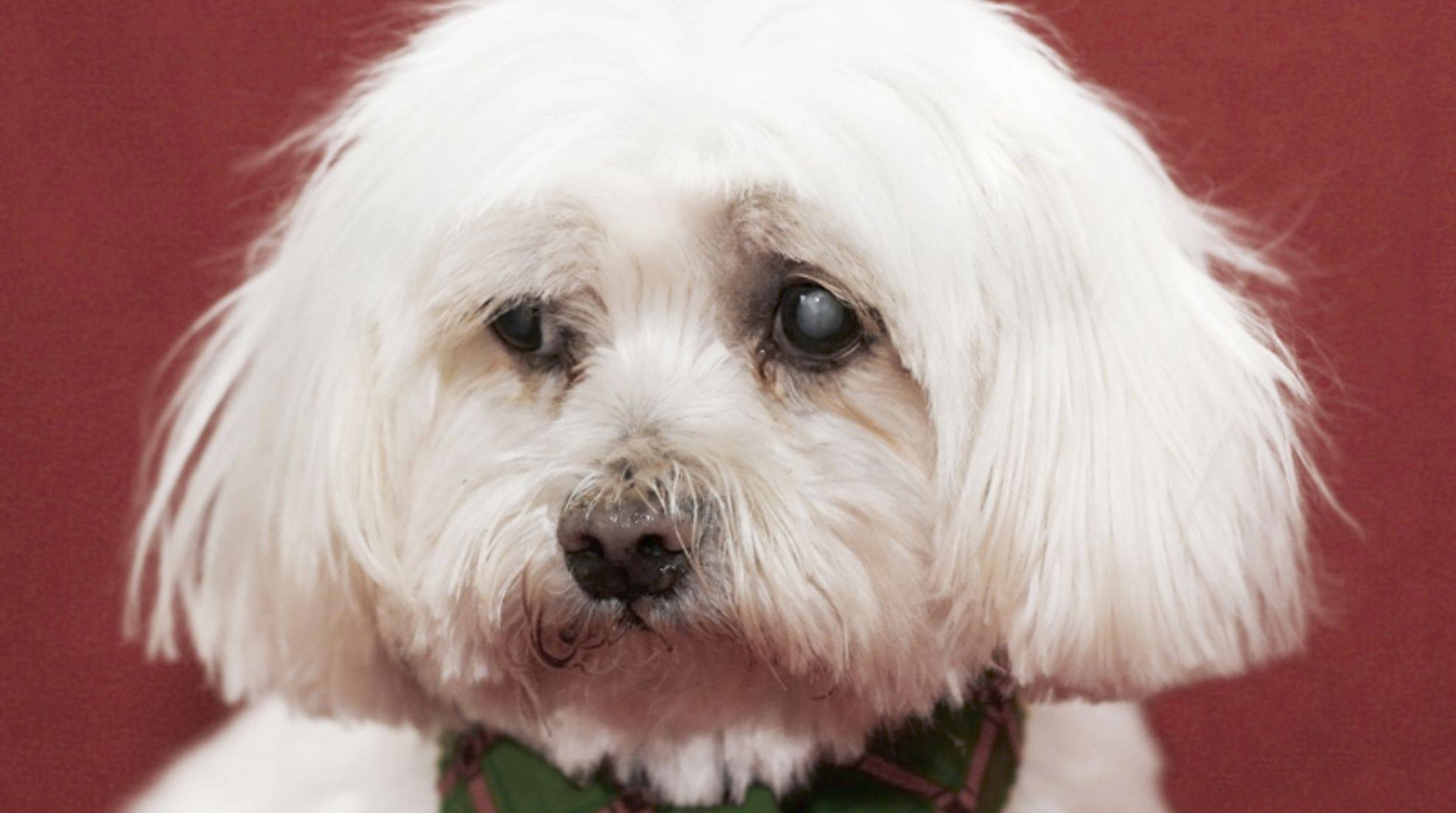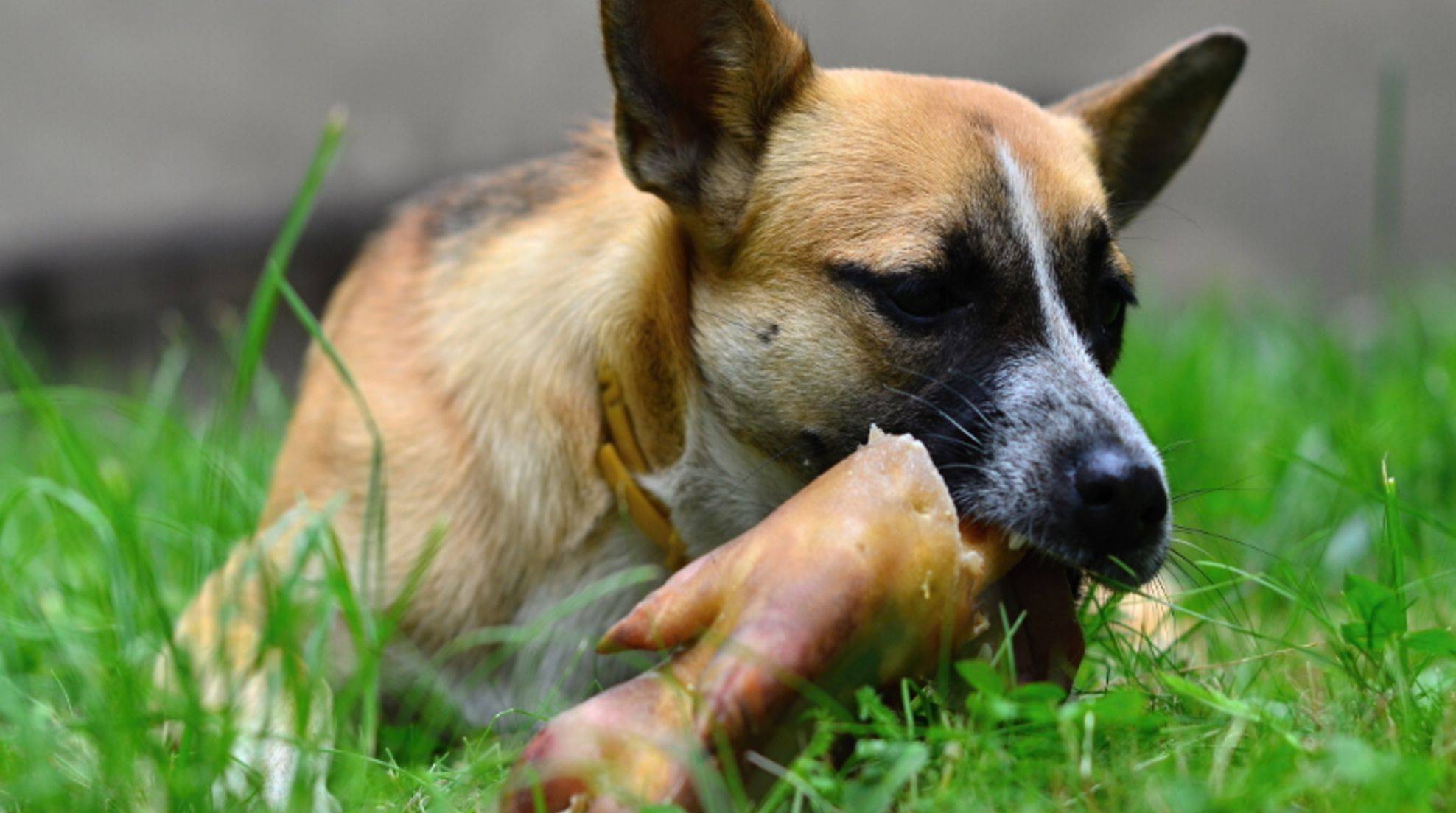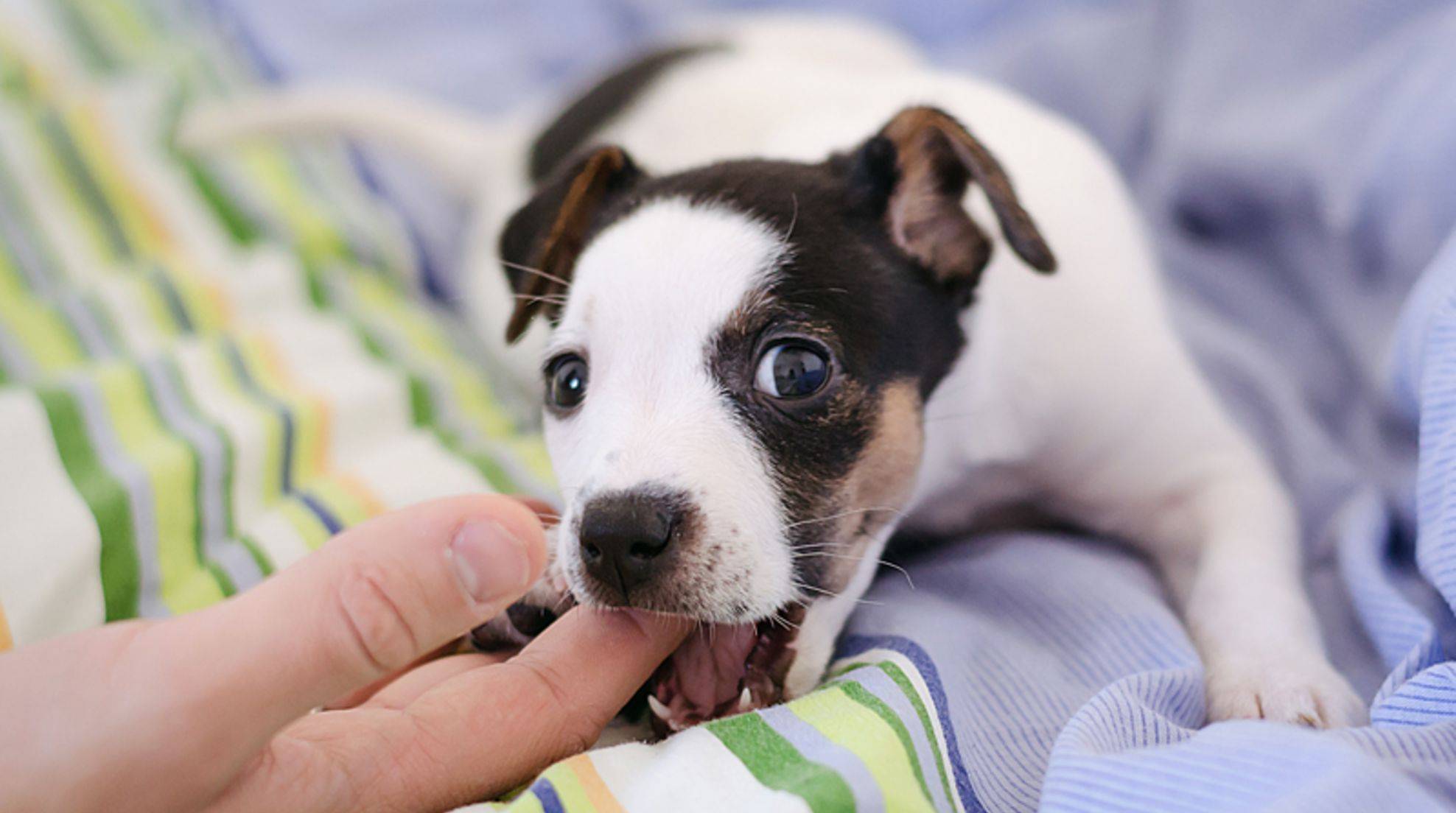Aversive training methods in dogs: better not!
Aversive training methods in dog training are very controversial. They try to get the dog out of unwanted behavior by using deterrents and other unpleasant stimuli. On the one hand, properly applied methods can show short-term success, but on the other hand, the consequences of this are unpredictable. Read more about this controversial topic in our guide.
Perhaps you have already heard of Cesar Millan? The US-American is a book author and dog trainer. He also regularly appears on TV as a “dog whisperer” or “pack leader.” In doing so, he often uses so-called aversive training methods, which is why he repeatedly comes under criticism. The professional association of dog trainers and behavior consultants even demanded the cessation of the TV show in German-speaking countries because the methods can be too easily misunderstood and misapplied by laypeople.
What are aversive training methods in dogs?
The “Duden” describes the term “aversive” as “causing aversion”, synonyms to “aversion” are for example “disgust”, “disgust”, “displeasure”, “hostility” and even “hatred”. Aversive training methods are therefore training measures that exert at least an unpleasant stimulus on the dog, causing him a strong aversion, a fright, pain, or fear. These are more or less harsh punishments. This goal is to quickly and effectively get the dog out of the habit of undesirable behavior. As soon as the quadruped does something that the dog owner does not want, he gets to feel an aversive stimulus hoping that he will link this stimulus with his behavior and refrain from doing it in the future to avoid the aversion.
Aversive training methods include the following educational tools:
● Spray bottle or water gun.
● Loud clapping or other sudden, loud noise.
● Shaking cans filled with nails, rocks, or peas, and other throwing objects
● Training collar: spray, vibration, electric, choke, or prong collar
● Pain stimuli via a leash, such as a leash jerking
● Other pain stimuli, such as pinching the flank, “flicking on,” hitting with fingertips, ear pulling, lightly kicking the groin
● Forced submission by muzzle grip, “alpha throw” (throwing on the side), pulling paws away, stepping on feet, holding a dog, or laying on top of the dog
Short-term effect of aversive training methods
It may be that aversive training methods immediately cause the dog to let go of the undesirable behavior. To do this, they must be used “correctly,” which means:
● Your quadruped must understand the aversive stimulus as an unpleasant consequence of his misbehavior.
● In return, your dog must not realize that the aversive stimulus is coming from you.
● The punishment must follow the misconduct immediately. Just a few seconds will prevent your pet from associating his actions with unpleasant consequences.
● The aversive stimulus must be strong enough to make it worthwhile for the dog to refrain from misbehavior. However, it must not be so strong that it causes quadruped pain or fear, possibly even injuring him.
For experienced dog trainers who have practiced this for years, it may be possible to meet these conditions precisely so that the quadruped does what the human wants. The drill works similarly in the military or an authoritarian parenting style with children. The individual will of the “pupil” is broken and subjected to the educator’s choice. The dog does spurt and obeys when aversive training methods have the desired effect, but it is difficult to predict whether this will continue in the long term.
After all, the respective dog trainers only have to deal with the four-legged friend for a short time, but his family has him with them for the rest of his life. Above all, the television with Cesar Millan and CO. can be shown besides only excerpts and partial aspects of dog education. These are trimmed besides still on entertainment value and Showeffekt. Inexperienced dog owners can quickly gain a false impression.
Fear and behavioral problems caused by aversive training methods
If you misuse aversive training methods – and this danger is excellent – you will harm your dog in the long run. For example, if the dog notices that the aversive stimulus is coming from you, he will aversion you. He then does not understand that the unpleasant consequences result from his actions. If you are lucky, your dog will only continue to do the misbehavior in your absence. If you are unlucky, he becomes afraid of you. If too much time elapses between the misconduct and the punishment, your pet is equally unable to make the proper connection. In this case, he may become afraid of anything else that happened to be in his immediate vicinity when the fright or pain stimulus occurred.
If the stimulus isn’t unpleasant enough, aversive training methods won’t work; if it’s too strong, you’ll hurt your dog. Either way, you are damaging your dog’s confidence and the bond between the two of you with punishment. Your four-legged friend may bend to your will, but he will not be happy and balanced in the process; instead, he will be under stress because he is constantly expecting aversive stimuli. In the worst case, your dog will develop an anxiety disorder, become aggressive, or show other problematic behavioral abnormalities.
Dog-friendly alternatives to aversive training methods
So instead of superficially correcting undesirable behavior with aversive training methods with unforeseeable consequences, reward desirable behavior with a reward. Unwanted behavior is best ignored. For emergencies where you want your dog to quickly stop what he’s doing – for example, because he’s approaching a potential poison bait or running away from you – he needs to master the commands “Off!” and “No!” as well as recall. These require patient and consistent training but by no means force or drill. You can find help with this in our guide “How your dog understands commands better: 5 tips”.








